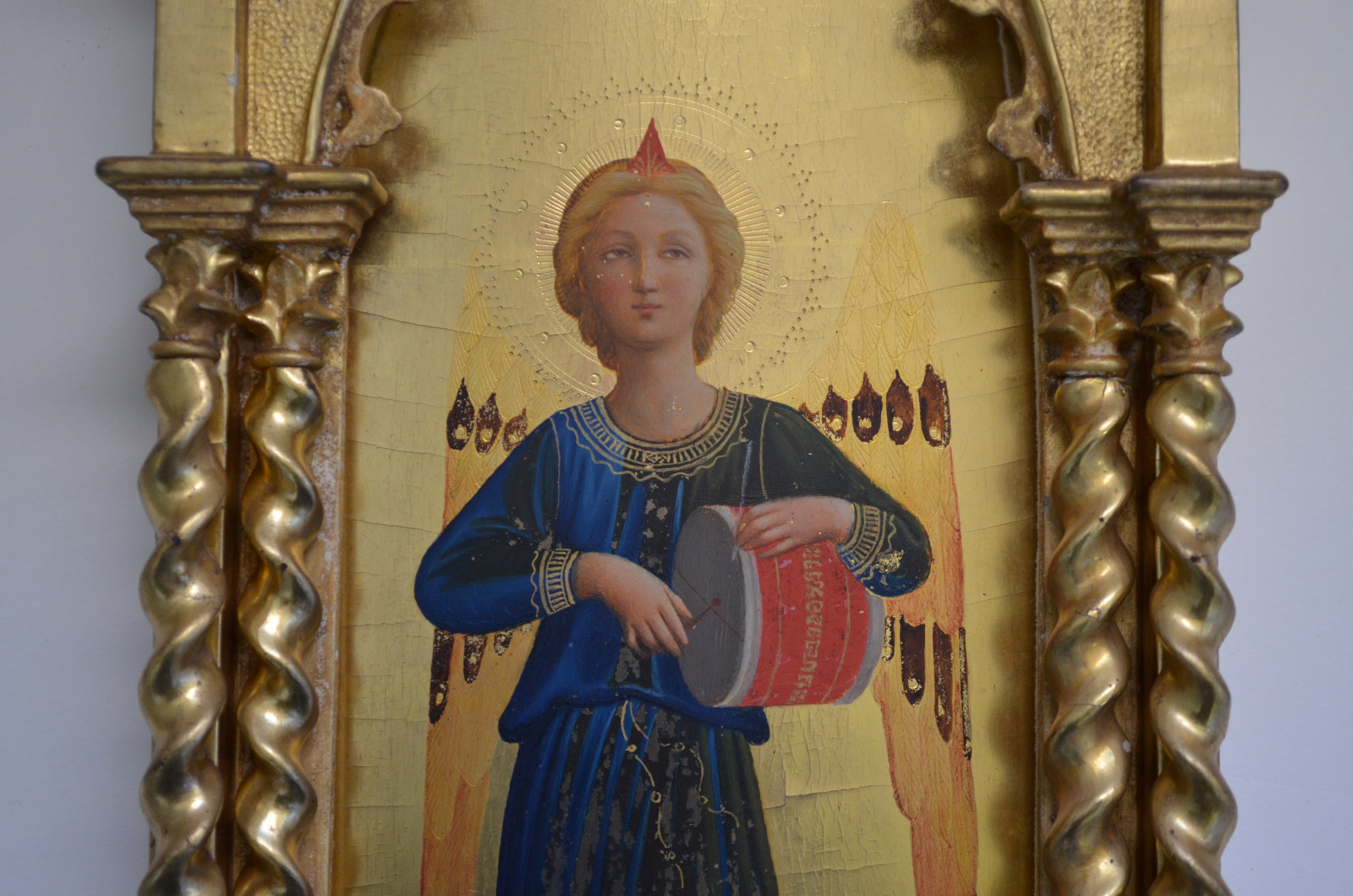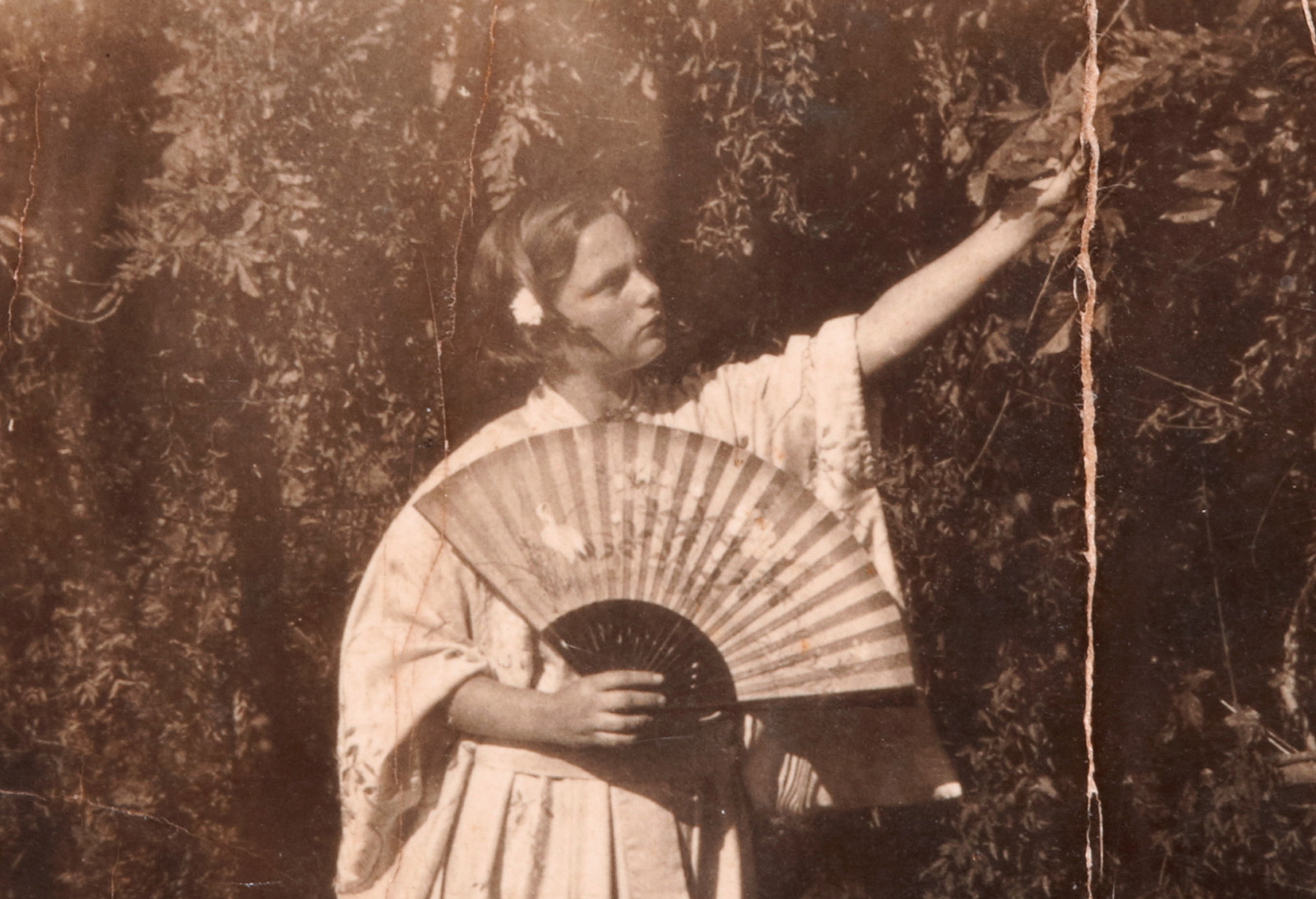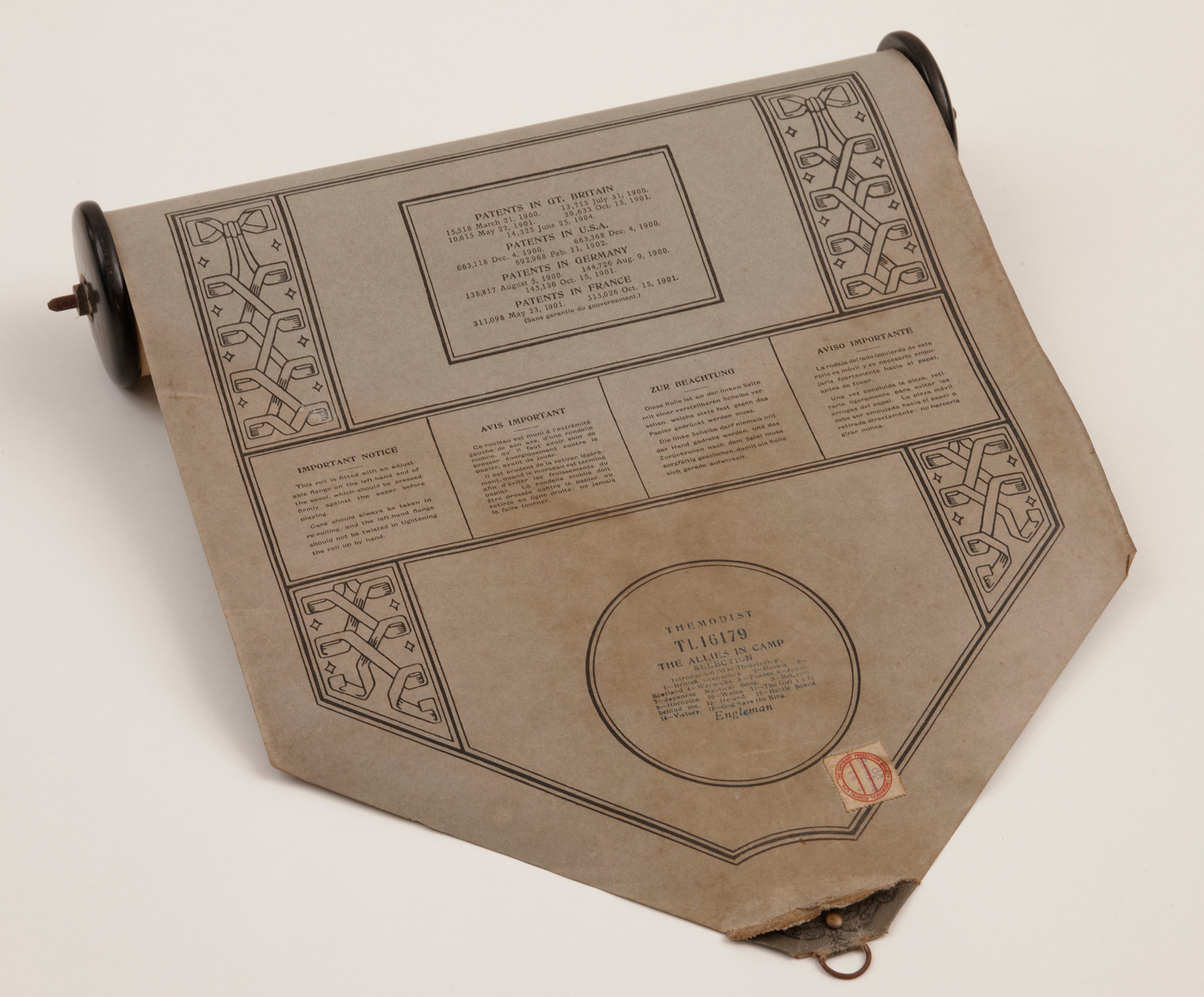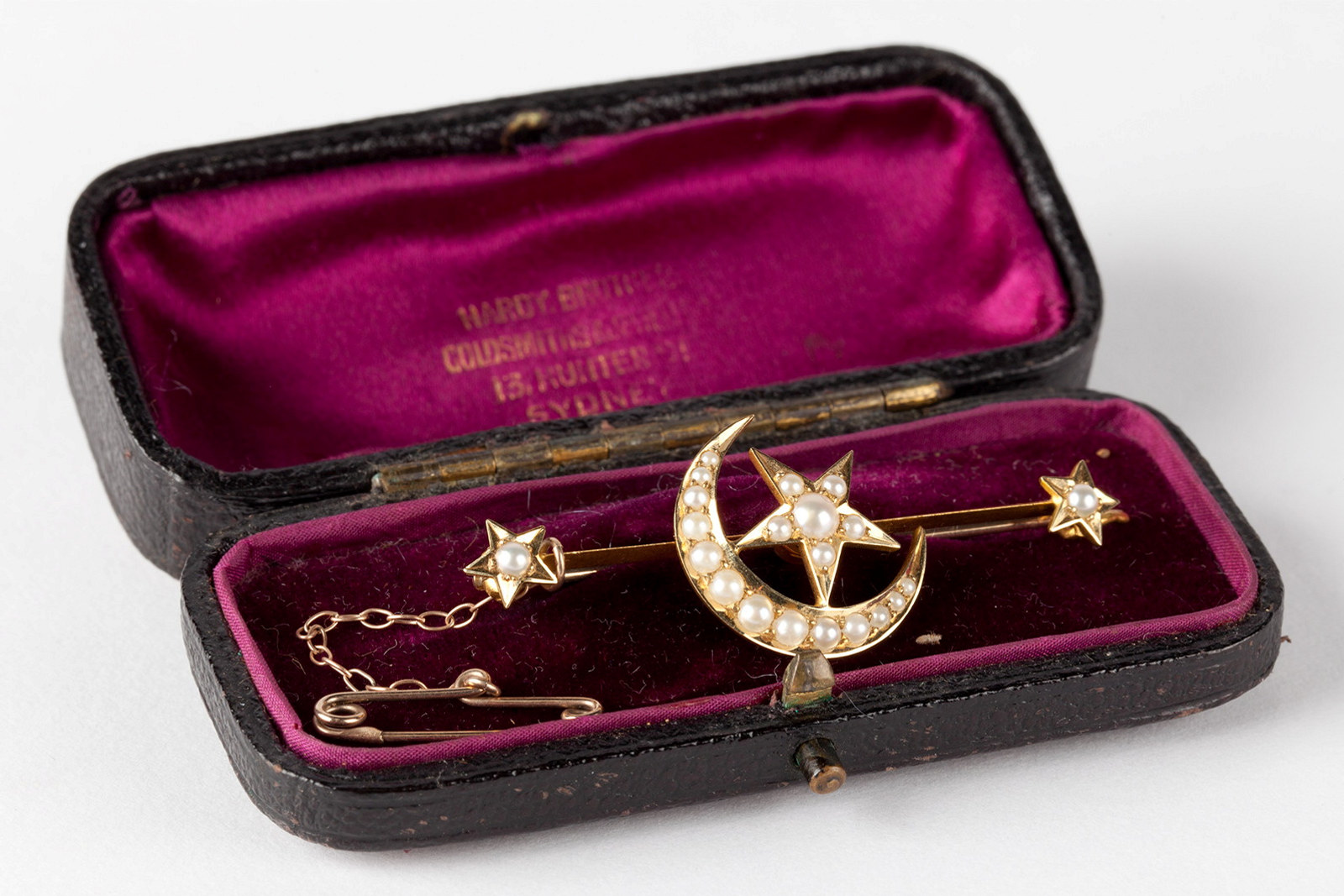Conserving the Arcade
The conservation of the Rouse Hill Estate arcade is an ongoing process of evaluation and cautious intervention.
Conservation at Rouse Hill Estate is rarely straightforward. A simple fence post may contain evidence of decades of repairs – nails, bolts and wires that tell the story of the site’s continuous occupancy by the Rouse and Terry families. With every element contributing to the property’s significance ,conservation must carefully balance the needs for ongoing maintenance and historical integrity.
Work in progress
Named for its curved corrugated iron roof (added c1870), the stone-flagged arcade links the two service wings that extend to the rear of Rouse Hill House. The eastern laundry wing, housing a butler’s pantry, was built c1855–59, while the western and more substantial two-storey kitchen wing, which contained servants’ accommodation, dates to 1865‑67.
It is thought these buildings and the adjacent bathhouse were constructed by Parramatta builder James Houison, who worked for (second generation) Edwin and Hannah Rouse.
The southern end of the arcade was later enclosed by a glazed screen that was accidentally destroyed in 1970 when a tractor snagged an attached power line.
The screen was partially rebuilt in 1990 using salvaged remnants. The area has already seen extensive conservation, notably from 1981 to 1984 when one end of the laundry wing was dismantled in order to rebuild the structurally compromised cistern beneath.
A section of paling fence separates the south‑eastern end of the arcade from the adjacent garden beds. Long exposed to the elements, this timber fence had deteriorated over the years to the point where the replacement of some of its structural elements had become unavoidable. The palings, with their distinctive line of beading down one edge, are recycled weatherboards from a long‑demolished structure. Old fixing marks on all the boards indicate they were used at least once and most likely twice before being installed at the arcade.
A painstaking process
As with all conservation works on the estate, palings and rails were assessed individually before any decision to replace them was made.
Work began in mid 2014 with the entire fence detached from the arcade posts and then laid down in sections so palings could be kept in position before the rotted rails were removed and replaced. As the original, heavily corroded nails were impossible to re-use, they were cut off from the back of the palings, leaving the nail heads in place and allowing the original fixing system to be seen. New galvanised dome-top screws were then inserted, one in the centre of original palings, and two per rail on any new palings. If you look closely you can see that the new palings and rails have been date stamped. In keeping with other conservation work where elements are replaced, a sample of removed parts has been archived to demonstrate key physical evidence.
Enough new boards have been made to eventually replace the entire fence. They have been put into storage, ready to be shaved down as required to match individual palings.
Wherever possible we try to extend the life of existing structures. For example, the gatepost at the fence’s north end only needed a new base to replace the rotted sub surface section. This enabled the top of the gatepost – with its original fixings – to be preserved. A simple length of tensioned wire has reinforced the fragile gate, prolonging its life for a few more years until it too will inevitably need to be removed, archived and replaced.
‘Conserve as found’ at Rouse Hill Estate
Rather than replacing old material with new, our approach at Rouse Hill Estate is to support as much of the built fabric as possible, to maintain the condition of the property as it was when it came to MHNSW. We also aim to minimise the impact of any works on the building.
Published on
Related
Browse all
A Gothic Angel
In the drawing room at Rouse Hill your eye is instantly drawn to a small painting on the far wall; a figure of an angel in a shining gilt frame, acquired in the 1870s.

Keeping cool
Shading the face, fanning a fire into a blaze or cooling food, shooing away insects, conveying social status, even passing discreet romantic messages - the use of the fan goes far beyond the creation of a breeze.

WW1
The Allies in camp music roll
Rouse Hill house boasts a fine pianola, a player piano, which came into the house just a few years before the outbreak of World War I

Baubles, brooches & beads
We wear jewellery as articles of dress and fashion and for sentimental reasons – as tokens of love, as symbols of mourning, as souvenirs of travel
